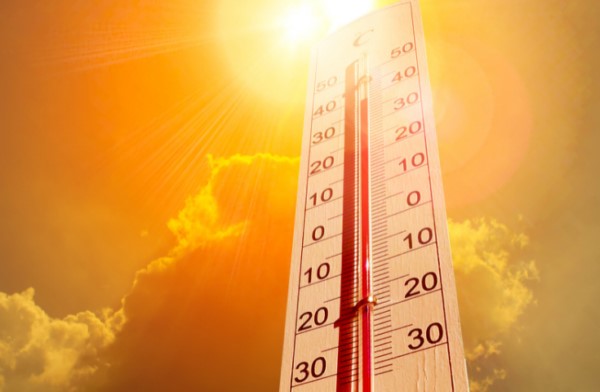The temperature outside can be quite high, and periodically it becomes unsuitable for daily duties.

Climate change continues to come and average temperatures around the world are increasing. But to what temperature should the air warm up so that it becomes impossible for people to engage in daily activities?
In fact, the answer to this question is much more complicated than just determining the maximum temperature for a person on a thermometer. The influence of hot weather is also associated with humidity. A new study shows that the combination of these two factors can lead to the environment becoming uninhabitable faster than scientists thought.
During the heat waves that swept South Asia in May and June 2022, a maximum temperature with high humidity of 33.6 °C was recorded in Jacobabad, Pakistan, and in Delhi it rose even higher – close to the theoretical upper limit of human adaptation to hot and humid weather.
People often point to a study published in 2010 in which it was estimated that a temperature of 35 °C at 100% humidity or 46°C at 50% humidity is the upper limit of safety, beyond which the human body can no longer cool down, evaporating sweat from the face and body surface for maintaining a stable temperature.
Until recently, this limit has not been tested on humans in the laboratory. The results of these tests show an even greater cause for concern. A new study on young healthy men and women shows that this upper environmental limit is even lower than the theoretical 35°C. It is closer to 31°C at 100% humidity or 38°C at 60% humidity.
Keep in mind that these restrictions are based solely on preventing an excessive increase in your body temperature. Even lower temperatures and humidity can cause stress on the heart and other body systems. If a person in such conditions does not die from overheating, then he will definitely get diseases that will shorten his life.
